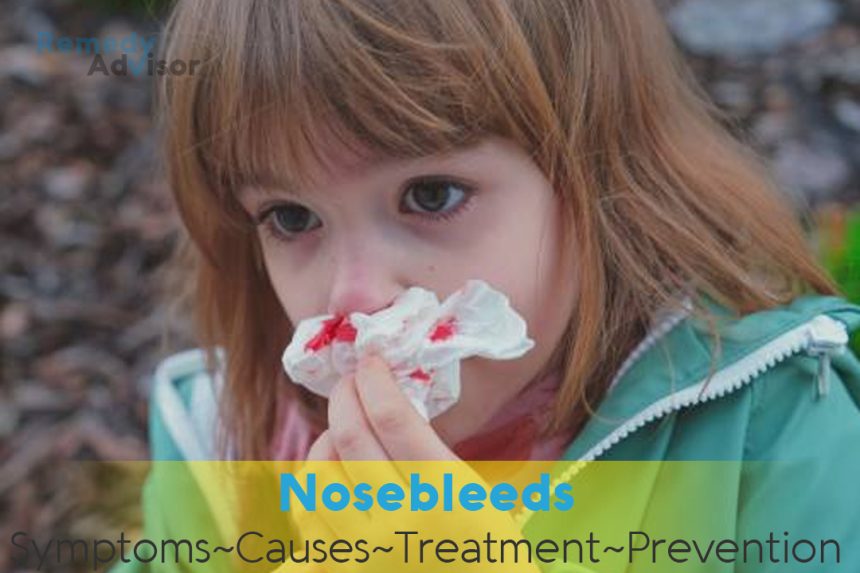What is it
Nosebleeds are very common, and unless you’ve had a blow to the nose, a nosebleed usually starts and stops spontaneously. The septum (nose partition) is the most common site of bleeding from the nose. The forward part of the nose has fragile membranes that crack easily, and it doesn’t take much to damage blood vessels that lie just beneath their surface. These thin membranes offer little supporting tissue, especially as they grow more delicate with age.
A nosebleed doesn’t herald a stroke, nor does it necessarily signal hypertension, as some people believe. Of course, those with hypertension who take aspirin or other blood-thinning drugs may have more frequent episodes of nosebleed.
In people past middle age, nosebleeds sometimes start farther back in the nose, beyond the fleshy area. A blow to the nose can also result in bleeding farther back in the nose (posterior bleeding). This type of nosebleed is harder to stop; it can cause significant blood loss and requires medical assistance if it doesn’t cease within a few minutes.
Symptoms
- Blood seeping or flowing from one or both nostrils.
- Sensation of fluid in the back of the nose or throat.
What causes it
The dry air of wintertime can be a major factor, as can the low humidity of an airplane cabin. Both conditions can cause nasal membranes to dry out and crack. Inflammation from a cold, an allergy, or sinusitis can also weaken the nasal tissue.
Picking your nose or blowing your nose hard can set off a nosebleed; so can hard rubbing of your nose and, of course, a bump or blow.
What if you do nothing
Most nosebleeds will stop spontaneously or with the application of simple remedies. If the bleeding doesn’t cease, you should see a doctor.
Home remedies
The following measures usually stop a nosebleed quickly.
Sit up
This allows gravity to lower pressure in the veins. To keep blood from running back into the throat, tilt your head forward a little.
Pinch the fleshy part of the nose
This is the part between the bridge and the nostril. Pinch with your thumb and index finger for 5 to 10 minutes, breathing through your mouth. Applying ice probably won’t help, since it’s really pressure, not temperature, that stops the bleeding.
Be careful how you blow your nose once the bleeding stops
Don’t blow your nose too hard or too often. Sneeze through an open mouth, and avoid strenuous sports for a few days. Apply a little petroleum jelly inside the nostrils several times a day for a few weeks to keep the membranes moist.
Prevention
Humidify at home
If you have a history of nosebleeds, it may help to use a home humidifier to keep the air from becoming too dry.
Use petroleum jelly
In very dry air, keep membranes moist by applying a little petroleum jelly with your fingertip or a small cotton swab just inside the nostrils. If your nose bleeds on plane trips, try using petroleum jelly before you depart. Avoid repeated rubbing or picking.







